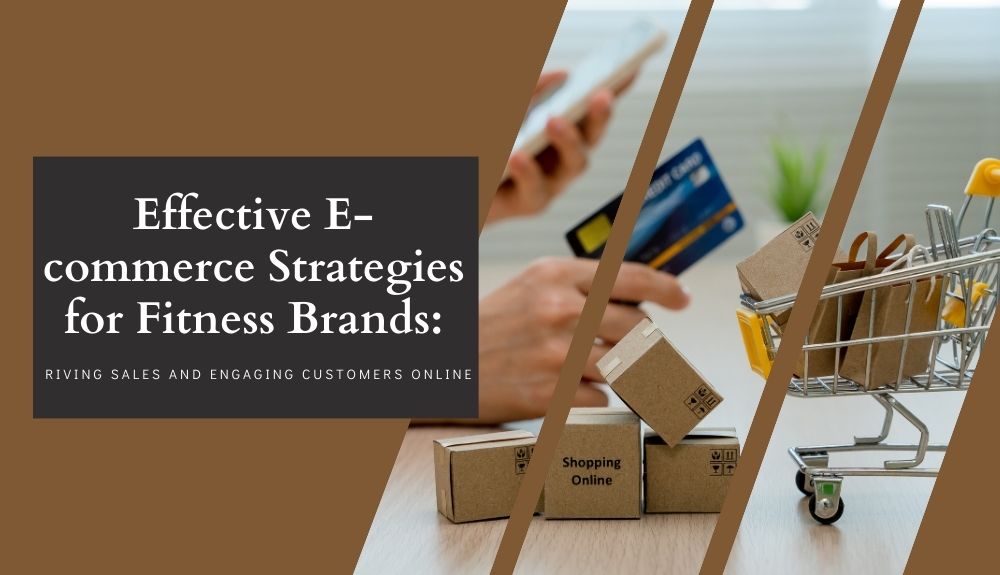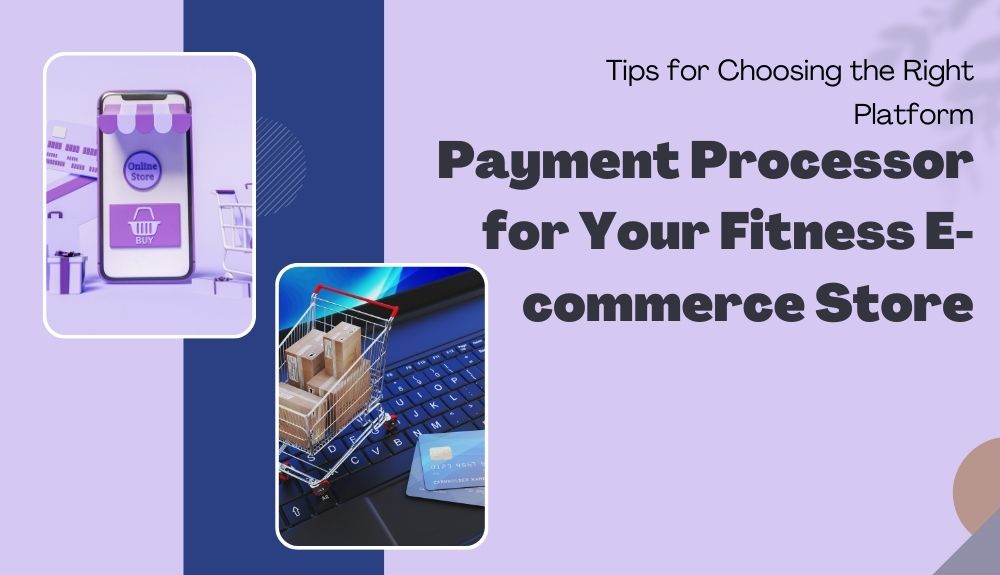In today's digital age, the fitness industry is booming like never before. With more and more people prioritizing their health and wellness, fitness brands have a unique opportunity to connect with customers online through e-commerce platforms. Whether you're selling workout gear, supplements, or virtual training programs, having an effective e-commerce...
Tips for Choosing the Right Platform and Payment Processor for Your Fitness E-commerce Store
Are you in the process of launching your fitness e-commerce store and feeling overwhelmed by the options for platforms and payment processors? Making the right choices is crucial for the success of your online business. But how do you navigate through the sea of options to find the perfect fit?...
What is Credit Card Tokenization?
Tokenization is a method of protecting payment card data by replacing the cardholder’s account number with a surrogate value, called a token. Tokens can be used to authorize payments without exposing the underlying account number. Why do merchants need to tokenize credit card data? Merchants need to tokenize credit card...


